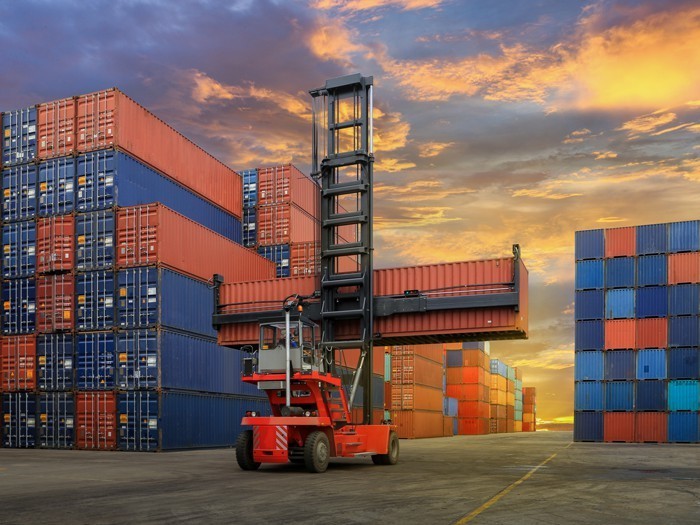
Discover how real-time tracking helps companies slash fuel use by 18% and meet sustainability goals. See tech-driven strategies for greener deliveries.
Stat Hook: *"Transport accounts for 21% of global CO2 emissions (IEA 2023), but AI-powered tracking can cut last-mile emissions by 30% (McKinsey)."*
Preview: How IoT sensors, route optimization, and transparency tools create greener supply chains.
a) Route Optimization = Less Fuel Waste
Example: UPS’s ORION system saved 10M gallons of fuel/year by eliminating left turns.
Tracking Feature: Dynamic rerouting around traffic in real-time.
b) Load Efficiency Sensors
Pallet/container space utilization tracking reduces partial loads.
Data Point: 24% of trucks run empty (Eurostat). Smart tracking fills capacity gaps.
c) Electric Vehicle (EV) Integration
How tracking syncs with EV fleets:
Battery-level monitoring for optimal charging stops
Emission reports per shipment
Consolidated Shipments
Use tracking data to batch orders heading to same ZIP code.
Case Example: E-commerce brand reduced weekly trips by 40%.
Carbon Offset Programs
How carriers like DHL show emission stats in tracking portals.
Screenshot: "Eco Dashboard" with kg CO2 saved per shipment.
Micro-Fulfillment Centers
Track inventory across urban hubs to shorten delivery radii.
Returns Optimization
Smart tracking identifies reusable packaging in transit.
Driver Behavior Analytics
Idling alerts and acceleration reports cut fuel waste.
Maersk: Live CO2 tracking for ocean freight.
Amazon’s Shipment Zero: Real-time emissions visible to customers.
PostNord: "Green" delivery time slots in tracking app.
Recommended Platforms:
EcoTransIT World (calculates emissions per mode)
Flexport’s Carbon Calculator
Sifted’s Route Optimization API
"Digital tracking creates more e-waste."
Truth: Cloud-based systems replace physical paperwork (net positive).
"Sustainability costs more."
Truth: Route optimization pays for itself in 6-18 months.
Free Steps:
Enable basic route optimization in your tracking platform.
Choose carriers with sustainability reports.
Paid Upgrades:
IoT temperature/pressure sensors to prevent waste.
Blockchain for Transparency: End-to-end emission verification.
AI Predictions: Preemptively adjust routes for weather/events.
Infographic: "How 1 Hour of Route Optimization Saves X Trees"
Video Embed: Demo of a "Green Mode" tracking dashboard.
Calculator Widget: "See Your Potential Annual Savings."
Target ESG Officers: LinkedIn ads with stats on cost savings.
Partner Outreach: Co-create content with eco-conscious carriers.
Google Business Profile: Post as "Sustainability Tip of the Month."
Lead Magnet: Downloadable "Green Logistics Checklist."
CTA: "Audit your shipping emissions – request a free report!"